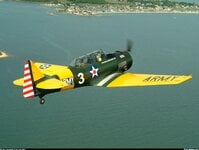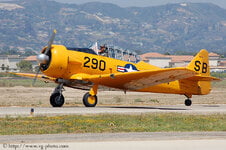GregP
Major
So much for heresay stories!
I've never seen a breakdown of the Atsuta, but I understand it was basically a Japanese copy of the DB 601. That said, I can't confirm or deny it; it's just what I've read. Some of what I've heard anecdotally has proven to be true, some not. I'm around warbirds at least a couple to times a week, so not too much BS gets through but, inevitably, some does.
Live and learn, huh?
I've never seen a breakdown of the Atsuta, but I understand it was basically a Japanese copy of the DB 601. That said, I can't confirm or deny it; it's just what I've read. Some of what I've heard anecdotally has proven to be true, some not. I'm around warbirds at least a couple to times a week, so not too much BS gets through but, inevitably, some does.
Live and learn, huh?


